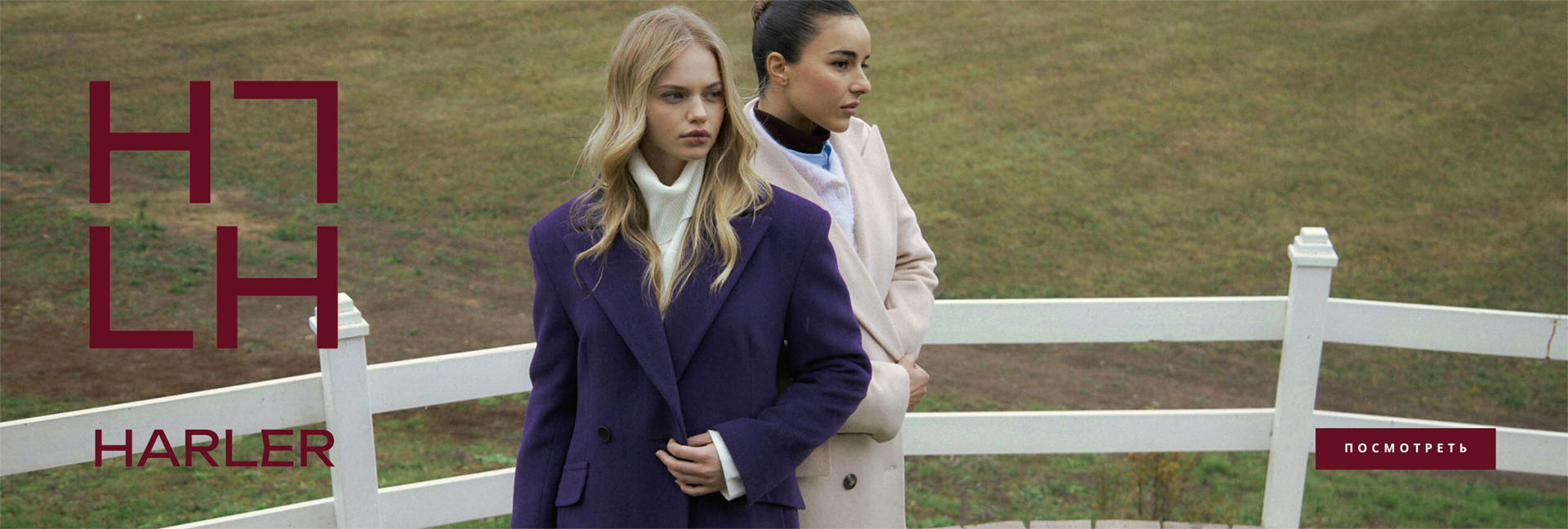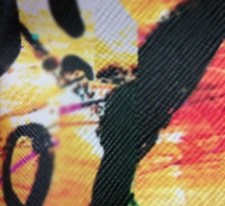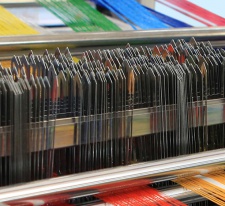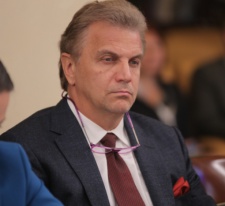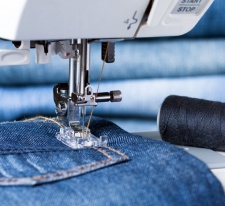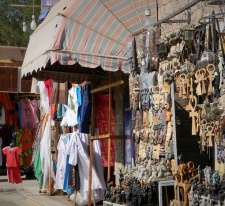Fashion retail: time ahead?
part 1 part 2 part 3 part 4 part 5

I'LL BUY IT LATER
According to the research holding "Romir", more than a third of Russians have been saving on clothes and shoes for the last three years. Despite the reduction in the share of saving Russians over the past year, those who have to strictly control their budget do not reduce their vigilance in matters of saving, according to Anna Lebsak-Kleimans, CEO of Fashion Consulting Group. During the year, the number of Russians who practice certain saving strategies has hardly changed. For example, a third of respondents (31%) still buy cheaper brands of goods. The share of those who make shopping lists and strive to strictly follow them remained almost unchanged at the level of 28%. However, the number of Russians who try to go shopping less often has decreased slightly, from 22% to 17%. But at the same time, the share of those who make stocks for the future has also increased, from 16% to 20%. Moreover, the share of hunters for discounts and promotions has increased in just a year. If a year ago every fourth buyer (26%) stated this, today there are more than a third of them (36%).
According to Anna Lebsak-Kleimans, the ruble crisis has led to an inevitable rise in prices, inflation and, accordingly, a reduction in the disposable income of buyers after mandatory spending. The clothing and accessories market is the leader in the list of product groups, which, in a situation of need, begin to save in the first place. Thus, buyers, especially in the regions, not only reduce the number of purchases, "donating" things already in the wardrobe, but also switch to more economical alternatives, switching to cheap brands or purposefully waiting for the discount season. "In absolute terms, since the crisis (2014), the clothing consumption market has significantly decreased," explains Anna Lebsak-Kleimans. And if after the crisis of 2008, the market returned to its previous indicators within two years, then at the moment, 3 years after the new crisis, the market has not approached the pre-crisis level.
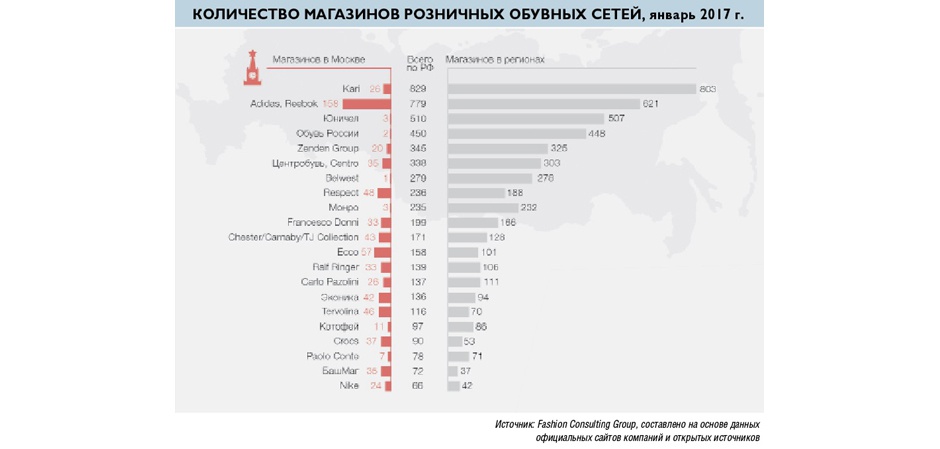
Thus, according to the first results of the 2014 crisis, in 2015, in ruble terms, the market fell back to indicators comparable to 2011, and in 2016, since 2012. At the same time, the distribution of market shares has changed: the lower price segment for the period 2014-2016 increased from 51% to 65% due to the average, the current situation of a protracted crisis against the background of international economic sanctions hit the market of goods focused on the middle class of specialists and professionals the hardest, then there is for the entire middle segment. The retail chains of the lower middle segment include, for example, O’Stin, Gloria Jeans, Incity, Zolla, Modis. Most of these players are Russian brands that are completely dependent on the purchasing power of Russians. "The fall in the ruble exchange rate and the subsequent reduction in the incomes of Russians have become a very heavy blow for Russian retail," says Anna Lebsak-Kleimans. – Examples of mid-segment players: Zara, Mango, Uniqlo, Levi's. This segment is based on strong international companies represented all over the world. Their business is not so dependent on sales in Russia. Despite the fact that the purchasing power of Russians has decreased, international networks have the opportunity to invest in growth and expansion in the territory of the Russian Federation, taking advantage of the weakening of Russian brands.
To be continued.
Author: Ekaterina Reutskaya
Photo: shutterstock.com
